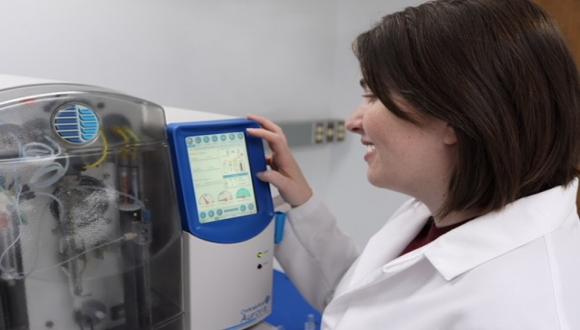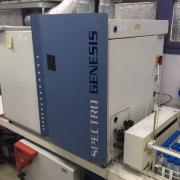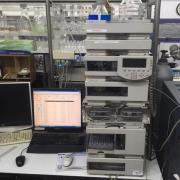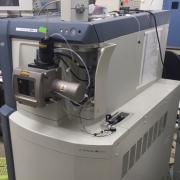Total Organic Carbon
Total organic carbon (TOC) is the amount of carbon found in an organic compound and is often used as a non-specific indicator for water quality. Since the early 1970s, TOC has been a leading and favorite analytical technique used to measure water quality during water purification process. TOC in source waters comes from decaying natural organic matter (NOM) (i.e. Humic acid, fulvic acid, amines, and urea), as well as synthetic sources (i.e. detergents, pesticides, fertilizers, herbicides, industrial chemicals, and chlorinated organics). TOC provides an estimate of the NOM concentration in any measured water source and may serve as an indicator on various processes which may occurred.
The Aurora 1030W Total Organic Carbon (TOC) Analyzer uses the proven heated persulfate wet oxidation technique to analyze organic contamination levels in aqueous samples (drinking water, surface water, groundwater, wastewater, effluents and sea water). Virtually all organic compounds dissolved in water can be oxidized by heated sodium persulfate (Na2S208). Concentrated solutions (1 or 1.5 M) can effectively oxidize organic matter present in the form of colloids, macromolecules, and suspended solids. A typical analysis for total carbon (TC) measures both the total carbon present and the so-called "inorganic carbon" (IC), the latter representing the content of dissolved carbon dioxide and carbonic acid salts. Subtracting the inorganic carbon from the total carbon yields TOC. Another common variant of TOC analysis involves removing the IC portion first and then measuring the leftover carbon. This method involves purging an acidified sample with carbon-free air or nitrogen prior to measurement, and so is more accurately called non-purgeable organic carbon (NPOC).





